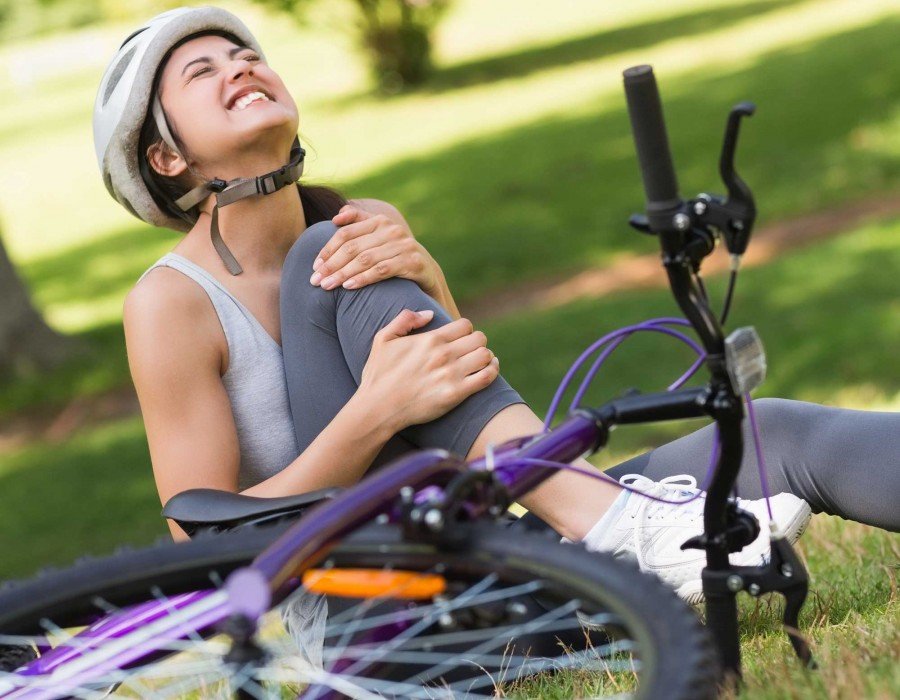General
Top Tips For Cyclists

Cycling is a very common cause of overuse injuries. Our therapist Kiri Norton gives her top tips for cyclists on how to be more efficient when cycling and how to reduce the risk of injury.
Correct bike set up
- It is very important to have your bike set up correctly as this will improve efficiency and prevent injury. Every bike set up will be different for every individual as it is engaged by the length of your arms, torso and legs, along with any other preferences i.e pain (By adjusting your bike you can reduce pain in certain areas).
- Consider toe clips or SPD’s (Cycling shoes which lock into your pedal). They help increase the efficiency of your cycling as they enable you to pull up as well as push down. If you are a beginner, start on toe clips as these are easier to adapt to.
Safety and key equipment
- Wear a helmet!! – This can be lifesaving if you are unfortunately involved in an accident.
- Invest in a basic bike tool kit – This should include a puncture repair kit, a spare inner tube, a tyre levers and a pump.
- Wearing cycling-specific shorts which are seamless will prevent chafing and soreness from the repeated rubbing during cycling.
- Keep dirt, bugs and the glare of the sun out of your eyes by wearing sunglasses with interchangeable lenses for those low light conditions.
Energy sources
- Gummy sweets are a good way to boost your energy during the event, but be sure to only eat a few.
- If using gels, you would ideally want to use a more diluted energy drink as your mouth can become very dry and it can make you feel sick.
- We suggest you only drink water when using gels. Energy drinks are the most common way to get your energy, if you use these then it is important to use them whilst you train.
Injury prevention
- Warm up and cool down properly.
- Dynamically stretch before you cycle.
- Statically stretch after a cycle.
- Foam roll to keep your muscles nice and loose.
- Go for a sports massage to get those knots out and to keeps muscles supple.
Training:
- The foundation of your training should be a long ride (1 hour plus, depending on your goals and current fitness levels). – This should be done weekly and you should progressively increase the mileage. The long ride will build up your endurance.
- Try interval training, this is more intense and will help increase your vo2 max. This involved you riding as fast as you can for a set period of time, followed by an active recovery period (slow-paced cycle). An example of this would be sprinting for 60 seconds followed by an active rest period of 6 seconds. Do this for 15 minutes and ensure you have warmed up for 5 minutes beforehand.
Training alternatives:
If the weather doesn’t take your fancy, or the roads are busy, there are many ways to still get your training in…
- Cycle trainers- This is a device that attaches to your back wheel and allows you to train in the comfort of your own home.
- Rollers- These are similar to cycle trainers but they do not support you, therefore you have the extra challenge of balancing yourself.
- Start spinning class- this will definitely increase your cycling fitness!
- Go to the gym – cycle on a gymnasium bike where you can stimulate interval training and hill-climbing